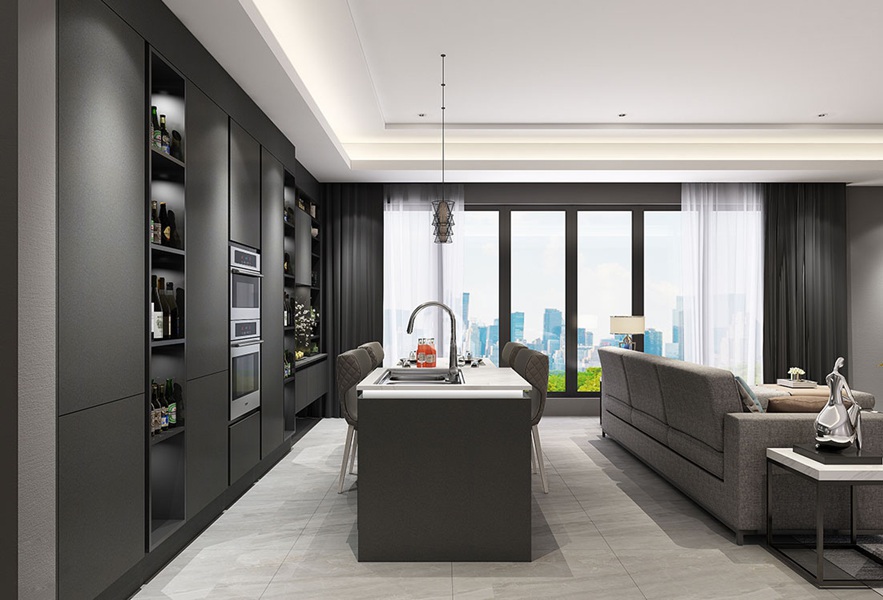Black and White Kitchen Cabinet with Stainless Steel: A Step-by-Step Renovation Guide
The black-and-white kitchen is a timeless classic that continues to dominate modern interior design. It strikes the perfect balance between minimalism and contrast, creating a bold yet elegant look that works in a variety of home styles. When combined with stainless steel elements—known for their durability, hygiene, and sleek appearance—the result is a stylish, functional kitchen that is both visually striking and highly practical.
Whether you're looking to refresh your current kitchen or start from scratch, this step-by-step renovation guide will help you achieve a sophisticated black-and-white kitchen cabinet design with stainless steel accents.
Step 1: Plan Your Layout and Design Vision
Before you touch a single cabinet, take time to plan your kitchen layout and design direction.
Measure your space accurately. Note wall dimensions, window positions, and existing plumbing/electrical outlets.
Decide on the kitchen shape: L-shape, U-shape, galley, or open concept.
Choose a dominant tone: Will black dominate, or will white take center stage with black accents?
Think about where stainless steel elements will be used: cabinet frames, handles, countertops, appliances, or full paneling.
Tip: Use a digital design tool or mood board to visualize how black, white, and stainless steel will balance.
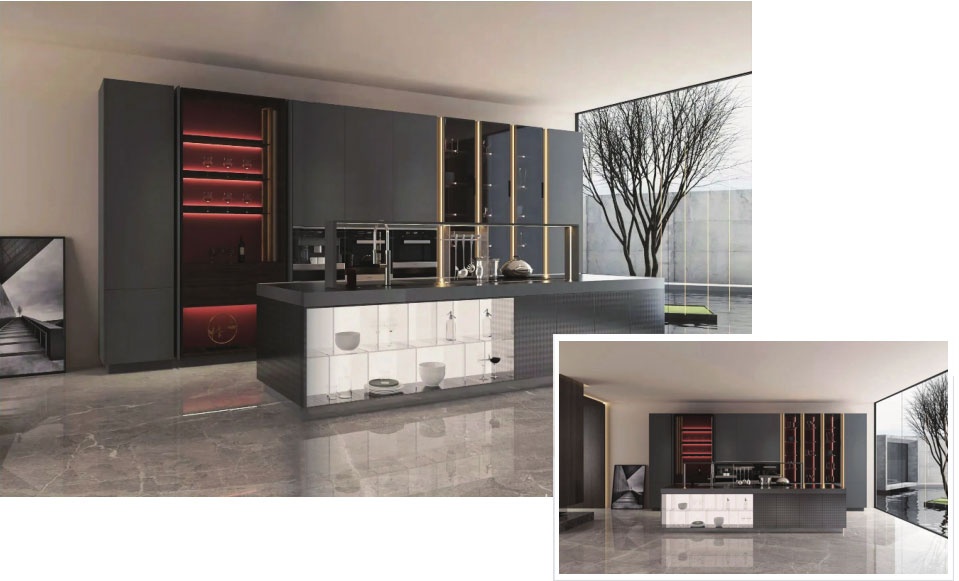
Step 2: Choose the Right Cabinet Material and Finish
Kitchen cabinets are the visual and functional core of your space. For a black-and-white kitchen with stainless steel, consider:
Black base cabinets: Opt for a matte or semi-gloss finish to avoid fingerprint marks while still achieving depth.
White upper cabinets: These lighten the space and make the room feel more open and airy.
Stainless steel cabinet doors or frames: Sleek, durable, and resistant to corrosion—ideal for modern kitchens.
You can also combine stainless steel toe kicks, trims, or kickboards for a subtle industrial vibe.
Step 3: Integrate Stainless Steel Smartly
Stainless steel adds more than just style—it boosts cleanliness and longevity. Here’s how to incorporate it effectively:
Stainless steel countertops: They are heat-resistant, hygienic, and easy to clean—perfect for prep areas.
Cabinet hardware: Sleek stainless steel handles or pulls give a uniform, polished look.
Appliances: Ensure your fridge, oven, dishwasher, and microwave have stainless steel finishes to match the overall theme.
Backsplash: Consider brushed stainless steel panels or tile alternatives for an ultra-modern aesthetic.
Step 4: Select Complementary Materials and Colors
Balance the stark contrast of black and white with warm or neutral complementary materials:
Flooring: Light wood, gray concrete, or white ceramic tiles offer balance.
Lighting: Install pendant lights with black, white, or metallic finishes to enhance the ambiance.
Countertops: Besides stainless steel, white quartz or black granite countertops work well.
Wall color: Keep walls neutral (light gray, soft white) to avoid overwhelming contrast.
Step 5: Focus on Storage and Functionality
Good design is not just about appearance—it’s about usability. Customize your kitchen cabinets for smarter storage:
Pull-out shelves and soft-close drawers in base cabinets help organize pots and utensils.
Vertical dividers in upper cabinets allow better storage of trays and cutting boards.
Integrate a stainless steel spice rack or built-in utensil drawer near the cooking area.
Step 6: Add Finishing Touches
Now it’s time to refine the look with small yet impactful details:
Add black or white bar stools near the kitchen island.
Install under-cabinet LED lighting to highlight stainless steel surfaces.
Display minimalist glassware or white ceramics on open shelves for a clean look.
Incorporate a stainless steel faucet and sink for uniformity and function.
Step 7: Ensure Proper Installation
This is where planning becomes reality. If you’re not a DIY pro, it’s best to work with certified installers, especially for stainless steel components which require precision and expertise.
Cabinet leveling and alignment is key to achieving a seamless visual flow.
Stainless steel panels should be installed with care to avoid scratches or dents.
Double-check that all appliances fit snugly into pre-designed cabinet spaces.
Step 8: Maintain and Enjoy Your New Kitchen
After the renovation is complete, regular maintenance will keep your kitchen looking fresh:
Clean stainless steel surfaces with a microfiber cloth and stainless steel cleaner.
Use mild soap and warm water for cabinet doors; avoid abrasive cleaners.
Ventilate the space during and after cooking to prevent moisture buildup, especially around metal components.
Conclusion: Design That Lasts
Combining black and white cabinets with stainless steel elements creates a kitchen that is both timeless and future-forward. It’s a design that offers clean lines, durability, and elegance—perfect for modern households that value both style and function.
If you're ready to elevate your kitchen with high-quality, durable, and elegantly designed solutions, consider Meslier stainless steel kitchen cabinets. With a wide range of customizable options and premium finishes, Meslier offers the perfect blend of innovation and craftsmanship to bring your black-and-white kitchen vision to life.
Hot News
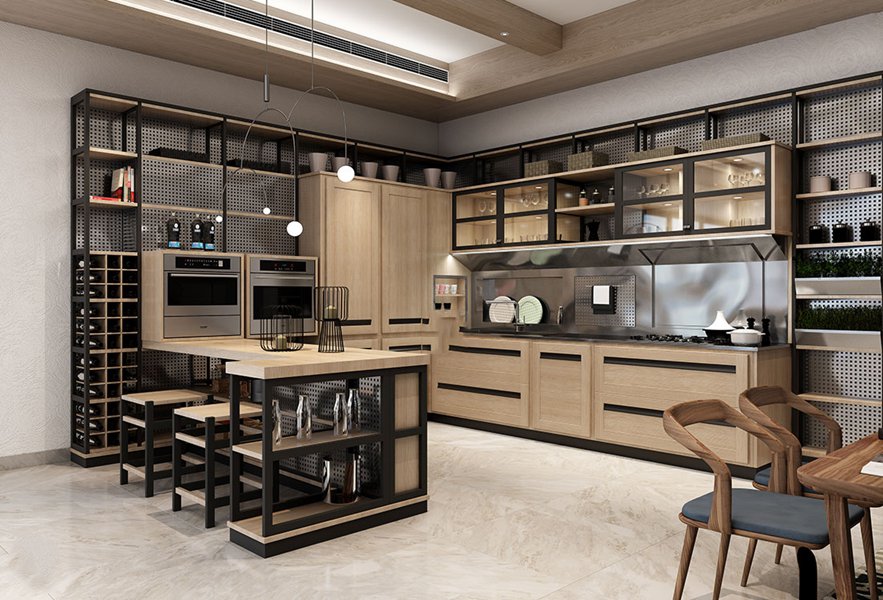
Best Outdoor Stainless Steel Cabinets: Features, Prices, and Buying Tips
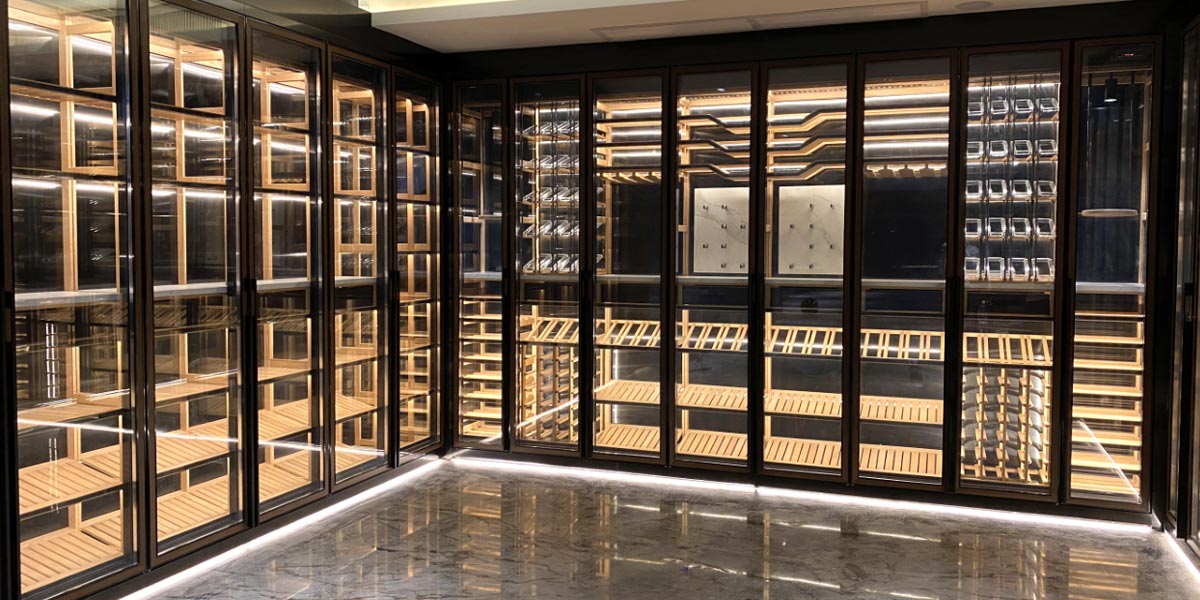
Built-in vs. Freestanding Stainless Steel Wine Cabinets
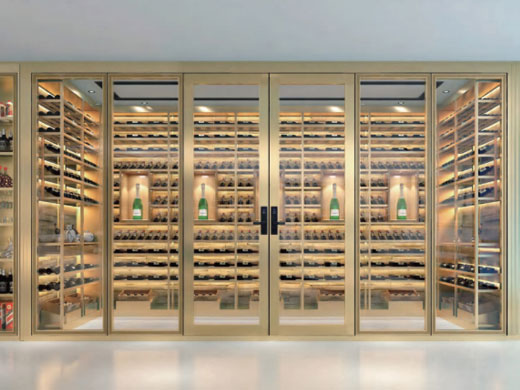
Stainless Steel Wine Cabinet: Ultimate Guide for Modern Wine Storage
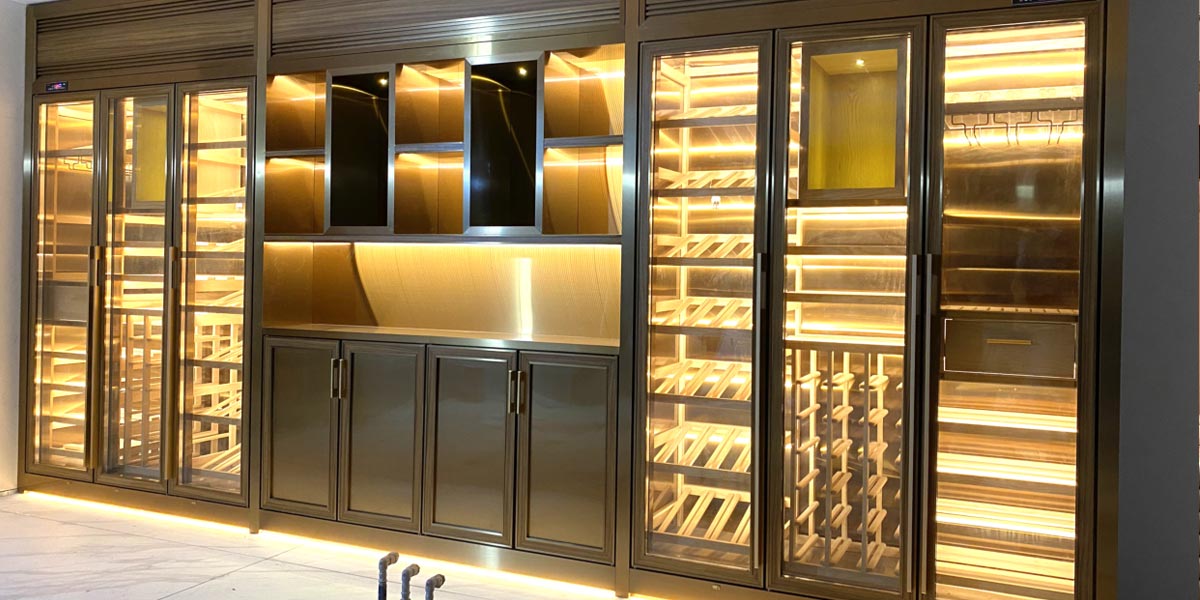
How to Choose the Right Stainless Steel Wine Cabinet: A Complete Buyer’s Guide
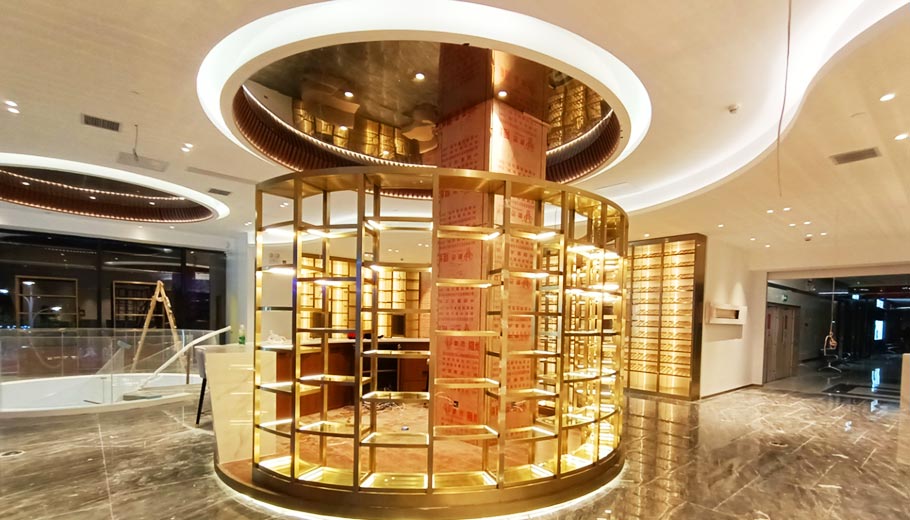
What Size Stainless Steel Wine Cabinet Do You Need?
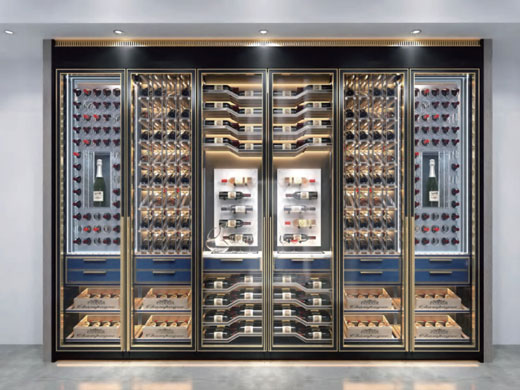
Single-Zone vs. Dual-Zone Stainless Steel Wine Cabinets: Which One Should You Choose?
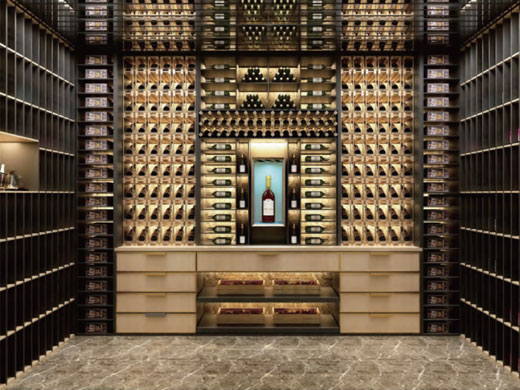
Best Commercial Stainless Steel Wine Cabinets for Bars & Restaurants






